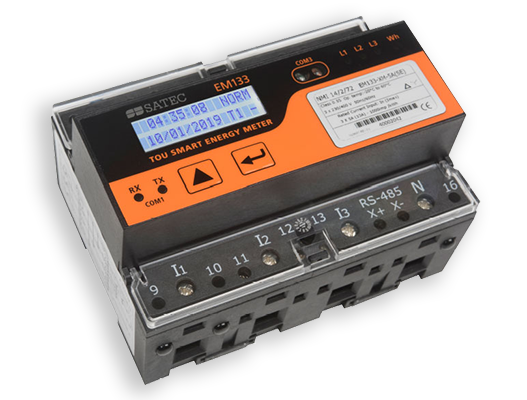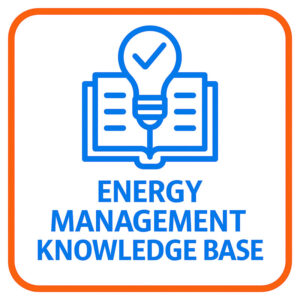The rise of Electric Vehicles (EVs) and the emergence of Vehicle-to-Grid (V2G) technology are revolutionising energy management across Australia. With more Australians choosing EVs, the potential for these vehicles to help stabilise the energy grid is growing. V2G technology transforms EVs into mobile energy storage units that can discharge power back into the grid during peak demand periods. Central to this innovation are smart energy meters, which are critical for managing bi-directional energy flows, ensuring regulatory compliance and optimising energy usage.
The Role of Smart Energy Meters in V2G Systems
Smart energy meters are essential for the success of V2G technology, enabling smooth energy exchanges between EVs and the grid. These meters accurately measure the energy imported to charge EVs and the energy exported back to the grid. This bi-directional tracking is not only vital for correct billing but also helps optimise energy use for both EV owners and grid operators. With real-time data on energy consumption and generation, smart meters empower EV owners to make informed decisions about when to charge their vehicles and when to send energy back to the grid, resulting in potential cost savings and grid stability.
Furthermore, these meters play a key role in stabilising the grid, especially during times of high energy demand. During peak usage, V2G-enabled EVs can discharge stored energy, helping balance supply and demand. The integration of EVs into the grid adds another layer of flexibility, contributing to a more stable and resilient energy system.
Key Features of Energy Meters for V2G Applications
To ensure efficient operation within V2G systems, energy meters must meet specific technical requirements. First, they must support bi-directional energy measurement, tracking both the energy used to charge the EVs and the energy returned to the grid. This ensures that EV owners are fairly compensated for the energy they provide back to the grid.
In addition to accurate measurement, these meters must comply with Australian standards, such as AS 62053-22 for static meters, NMI M6-1 for trade measurements, and AS 3000 for wiring rules. These regulations guarantee the meters’ safe integration with the grid while ensuring fair billing and compliance.
Connectivity is another essential feature. Energy meters must be able to communicate with smart grid systems, using protocols like Modbus and TCP/IP, to facilitate seamless data exchange between EVs and grid operators. These meters should also offer robust data logging and reporting capabilities, which are necessary for both regulatory compliance and continuous optimisation of energy usage.
Security is a top priority, too. As reliance on smart grids and digital data increases, energy meters must incorporate strong encryption measures to protect data integrity and prevent unauthorised access. This guarantees that energy transactions are secure, contributing to a reliable grid.
Why the NMI approved SATEC EM133-XM is the solution
Bi-Directional Energy Measurement
The EM133-XM accurately measures both charging (import) and discharging (export) energy flows, ensuring precise billing.
Certified Accuracy:
It meets the stringent Class 0.5S standards, ensuring reliability and compliance with Australian regulations.
Advanced Data Logging and Reporting:
The meter’s 8MB storage capacity logs detailed energy and demand profiles, helping meet AEMO’s 5-Minute Settlement (5MS) requirements. It also allows customisable logging intervals (1-60 minutes) for continuous data tracking.
Real-Time Monitoring and Connectivity:
The EM133-XM supports advanced communications including Modbus RTU/TCP, Wi-Fi, MV90 or REST API via eXpertPower. Real-time waveform monitoring enhances visibility into EV-grid interactions.
Security Features:
The meter includes multi-level password protection, preventing unauthorised access and ensuring data security.
Future-Proof Design:
Its modular design enables compatibility with a variety of EV chargers, grid systems, and communication platforms, making it a versatile and adaptable solution for residential, commercial, and utility-scale applications.
The NMI approved EM133-XM is crucial for balancing supply and demand in renewable-rich networks, where energy availability can fluctuate. By allowing EVs to discharge energy during peak periods, it enhances grid stability. Fully compliant with Australian standards such as AS 62053-22 and AS 62052-11, it ensures smooth integration with the national energy market and regulatory framework.
As Australia transitions to a more sustainable and resilient energy system, V2G technology and the SATEC EM133-XM will play an integral role in shaping the future of energy management. By enabling EVs to contribute to grid stability and offering benefits to owners, these innovations help create a more reliable and cost-effective energy infrastructure for all.
SATEC is the trusted name in energy management solutions. Contact our team for more information about the EM133-XM and other energy management products.




